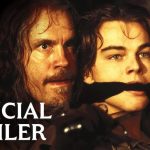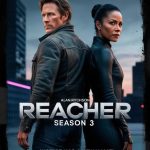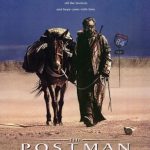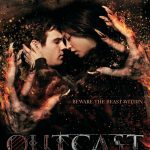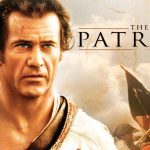“The Hobbit: The Battle of the Five Armies (2014)”
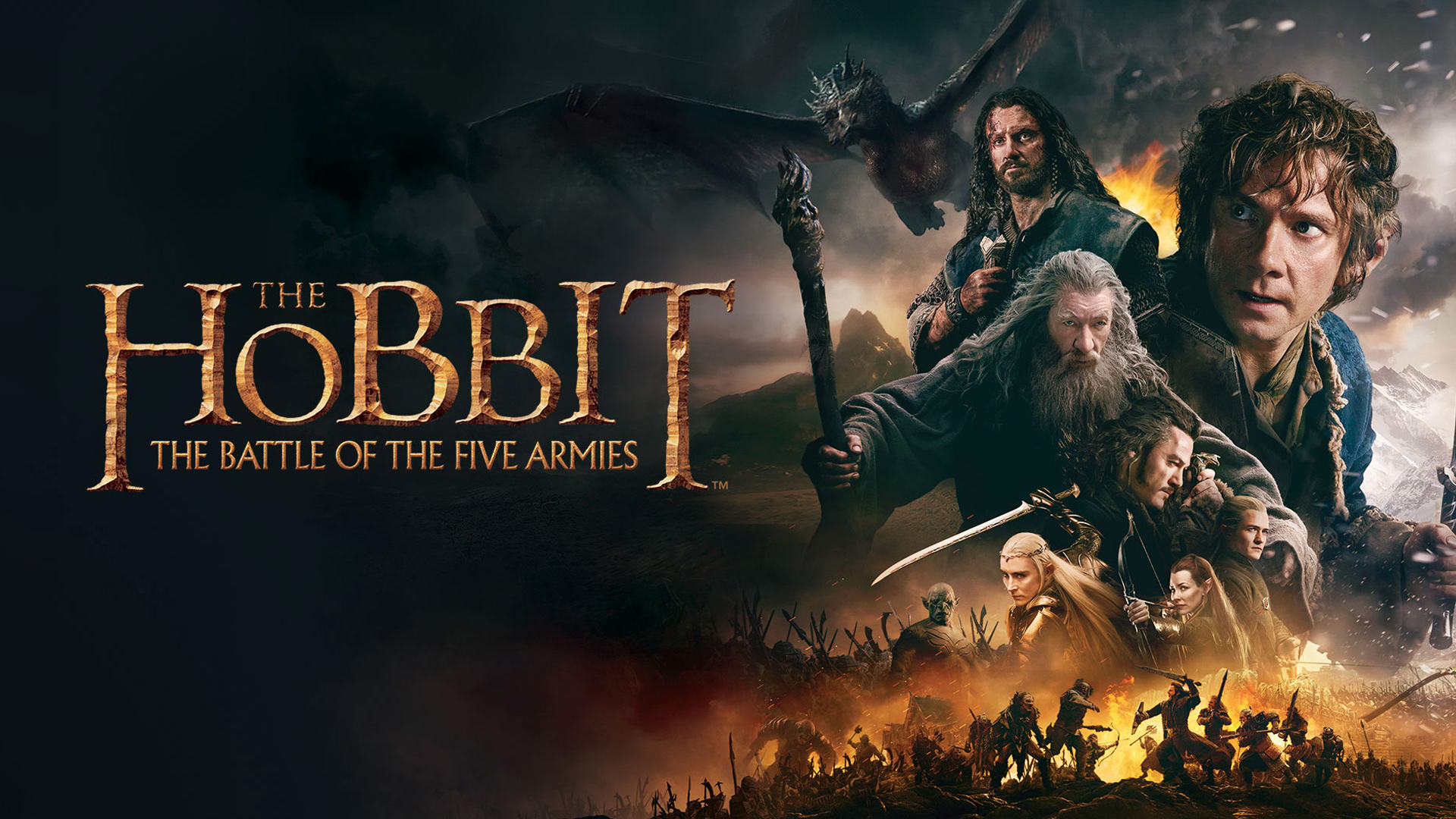
“The Hobbit: The Battle of the Five Armies” (2014) is the third and final film in The Hobbit trilogy, directed by Peter Jackson. Based on J.R.R. Tolkien’s novel The Hobbit, the film serves as the conclusion to the journey of Bilbo Baggins (Martin Freeman), the dwarf company, and the epic struggle for the Lonely Mountain and its treasure. This installment focuses on the climactic battle for control of the kingdom of Erebor and wraps up the major storylines set up in the first two films, An Unexpected Journey (2012) and The Desolation of Smaug (2013).
Plot Summary
The film picks up immediately after the events of The Desolation of Smaug, where the dragon Smaug (voiced by Benedict Cumberbatch) has been slain by Bard the Bowman (Luke Evans). With Smaug’s death, the mountain is now open for the dwarves to reclaim their homeland. However, the treasure within Erebor, particularly the Arkenstone, creates conflict not only among the dwarves but also between other races eager to claim the riches of the mountain.
Thorin Oakenshield (Richard Armitage), the leader of the dwarf company, is consumed by dragon sickness—a greed-driven madness from the treasure hoard. This makes him less concerned about the greater good and more obsessed with keeping the mountain for himself. Meanwhile, Bard leads the people of Lake-town (the town Smaug destroyed) in a desperate bid to secure a portion of the treasure, while Thranduil (Lee Pace), the Elvenking, also seeks to claim the wealth.
In the midst of the growing tensions, Bilbo Baggins secretly tries to defuse the situation by offering the Arkenstone to Bard and Thranduil in the hope of avoiding a bloody conflict. However, before negotiations can succeed, a massive army of Orcs led by Azog the Defiler (Manu Bennett) begins marching toward Erebor, threatening all the inhabitants of the region. The final act of the film is the Battle of the Five Armies, where the dwarves, elves, men, and orcs face off in a climactic confrontation for control of Erebor.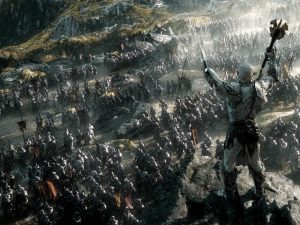
Key Themes
- Greed and its Consequences: One of the central themes of the film is the destructive power of greed. Thorin’s obsession with the treasure of Erebor leads to his downfall, as he becomes increasingly consumed by the dragon sickness. The film also examines how greed affects others, including the people of Lake-town, and how it clouds judgment and erodes alliances.
- Friendship and Loyalty: Bilbo’s loyalty to his companions is a key emotional thread throughout the trilogy, and it culminates in this film. Bilbo’s selfless act of offering the Arkenstone to Bard and Thranduil in an attempt to end the conflict demonstrates his growth as a character. His friendship with Thorin, despite the latter’s flaws, is tested but ultimately remains a central part of the story.
- Sacrifice and Heroism: The battle shows the heroes from each faction—dwarves, elves, men, and others—facing personal sacrifices. Bilbo, in particular, takes on an important role, not just as a mere participant in the battle but as someone who continues to act selflessly for the greater good, rather than his own glory.
- Unity vs. Division: The Battle of the Five Armies underscores the idea of unity versus division. The disparate groups (dwarves, elves, men, orcs, and goblins) each have their own desires and goals, but the ultimate threat of the orcs forces them to face the reality that they must come together in order to survive.
- Fate and Destiny: Thorin’s journey is a tragic one in which he is driven by the belief that he is the rightful heir to the throne of Erebor. His stubbornness and the weight of his destiny as king eventually lead to his downfall. This theme is also reflected in Bilbo’s rise from a simple hobbit to a pivotal character who influences the fate of the kingdom.
Character Development and Performances
- Thorin Oakenshield (Richard Armitage): Richard Armitage’s portrayal of Thorin is one of the most complex in the trilogy. Thorin starts as a noble and courageous leader but becomes increasingly consumed by greed and obsession. Armitage skillfully depicts this transformation, making Thorin’s eventual redemption and sacrifice poignant and emotionally charged.
- Bilbo Baggins (Martin Freeman): Martin Freeman’s portrayal of Bilbo continues to be one of the heart and soul of the film. Bilbo has grown from an unsure adventurer into a brave and wise hero. His act of offering the Arkenstone to Bard and Thranduil is one of his defining moments, showing his selflessness and growth.
- Bard the Bowman (Luke Evans): Bard’s character arc is central to the conflict between men, dwarves, and elves. Luke Evans brings both strength and compassion to the role, portraying Bard as a leader willing to fight for his people and the greater good.
- Azog the Defiler (Manu Bennett): Azog, the main antagonist, serves as a menacing force throughout the trilogy, but his role in The Battle of the Five Armies reaches its peak. Azog’s vendetta against Thorin is central to the battle, and Manu Bennett’s performance brings the character’s cruelty to the forefront.
- The Elves and Men: The film also gives more screen time to Thranduil (Lee Pace) and Legolas (Orlando Bloom), who both play pivotal roles in the battle. Thranduil’s initial desire for the treasure contrasts with his eventual willingness to ally with the dwarves to fight the orcs. Legolas’ skills are once again on full display as he fights alongside his allies.
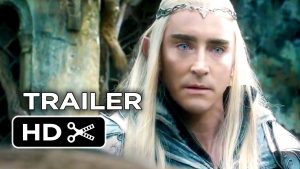
Action and Battle Sequences
The Battle of the Five Armies is the climax of the film, and it is nothing short of spectacular. Jackson and his team of special effects artists deliver intense, large-scale battle sequences involving dwarves, elves, men, orcs, and goblins. The battle is filled with high-intensity action, intricate choreography, and emotional stakes, making it one of the most memorable battles in cinematic history.
One of the standout moments is the aerial combat between Thorin and Azog, with Thorin’s personal vendetta coming to a head in an emotionally charged confrontation. The visuals are stunning, and the use of CGI allows the filmmakers to showcase a truly epic scale of combat that includes massive armies, creatures, and destruction on a grand scale.
Visual Effects and Cinematography
The film features stunning visual effects, especially in its depiction of the battle. The cinematography, led by Andrew Lesnie, continues the trilogy’s tradition of breathtaking shots of Middle-earth’s landscapes. The use of 3D enhances the grandeur of the battle scenes, making the action sequences even more immersive.
The color palette of the film contrasts the warmth of the dwarves’ stronghold and the coolness of the elven kingdom with the dark, brutal atmosphere of the battle. The visual effects team also delivers impressive CGI creatures, like the orcs and the large-scale battle scenes, blending practical and digital effects seamlessly.
Reception and Legacy
The Hobbit: The Battle of the Five Armies received generally positive reviews, particularly for its thrilling action sequences and the emotional conclusion to the trilogy. Critics and audiences praised the epic nature of the battle and the visual effects but had mixed opinions about the pacing and some character arcs.
The film grossed over $956 million worldwide, making it one of the highest-grossing films of 2014. While not as universally loved as The Lord of the Rings trilogy, The Hobbit series remains a significant part of Peter Jackson’s Middle-earth legacy.
Cast and Crew
- Director: Peter Jackson
- Writers: Fran Walsh, Philippa Boyens, Peter Jackson (screenplay, based on the novel by J.R.R. Tolkien)
- Cast:
- Martin Freeman as Bilbo Baggins
- Richard Armitage as Thorin Oakenshield
- Ian McKellen as Gandalf
- Benedict Cumberbatch as Smaug / Necromancer (voice)
- Luke Evans as Bard the Bowman
- Lee Pace as Thranduil
- Orlando Bloom as Legolas
- Manu Bennett as Azog
- Evangeline Lilly as Tauriel
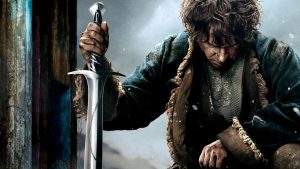
Fun Facts
- Peter Jackson’s Cameo: Peter Jackson makes a cameo appearance in the film as an extra during the battle scenes.
- Bilbo’s Final Moments: The film is notable for how it emotionally ties up Bilbo’s arc, as he returns home to the Shire after the epic journey, similar to how The Lord of the Rings ends Frodo’s journey.
Conclusion
The Hobbit: The Battle of the Five Armies (2014) is an action-packed and emotional conclusion to Peter Jackson’s epic Middle-earth saga. The final battle sequence is an unforgettable spectacle, while the film ties up the storylines of the characters with both triumph and tragedy. With stunning visual effects, deep character development, and a thrilling conclusion, it provides a satisfying end to The Hobbit trilogy and complements the rich world of The Lord of the Rings.


